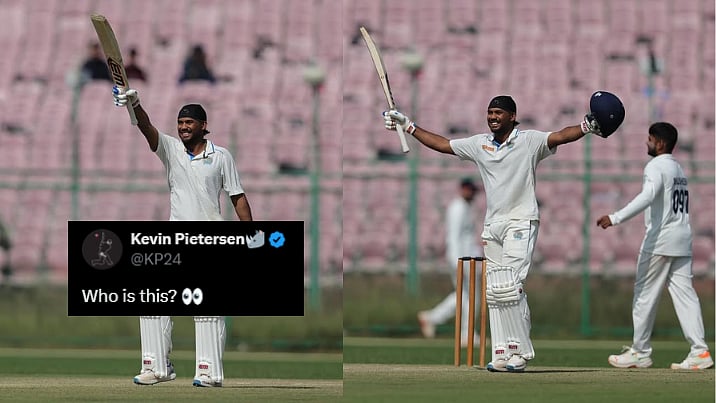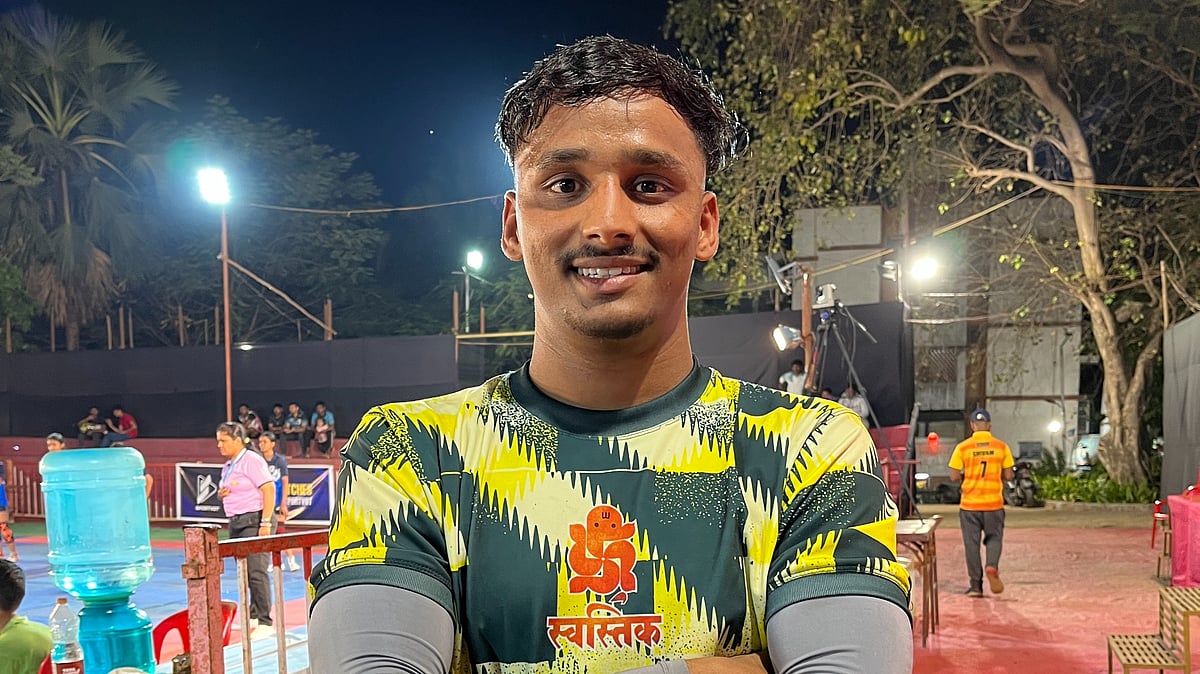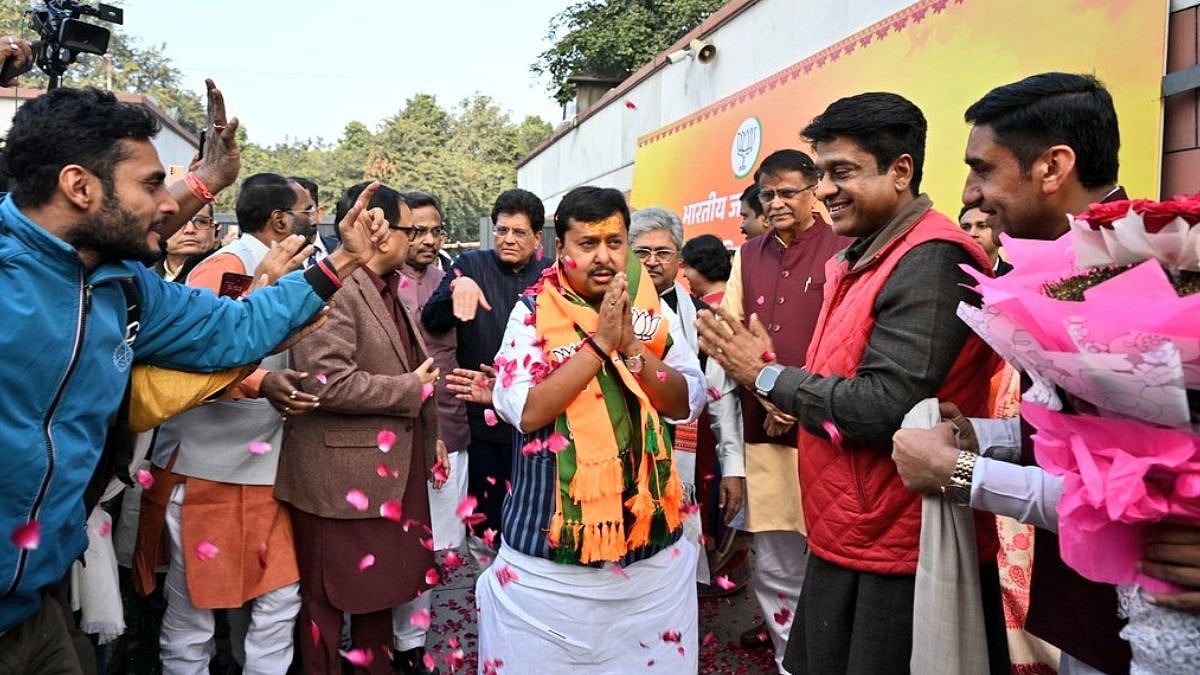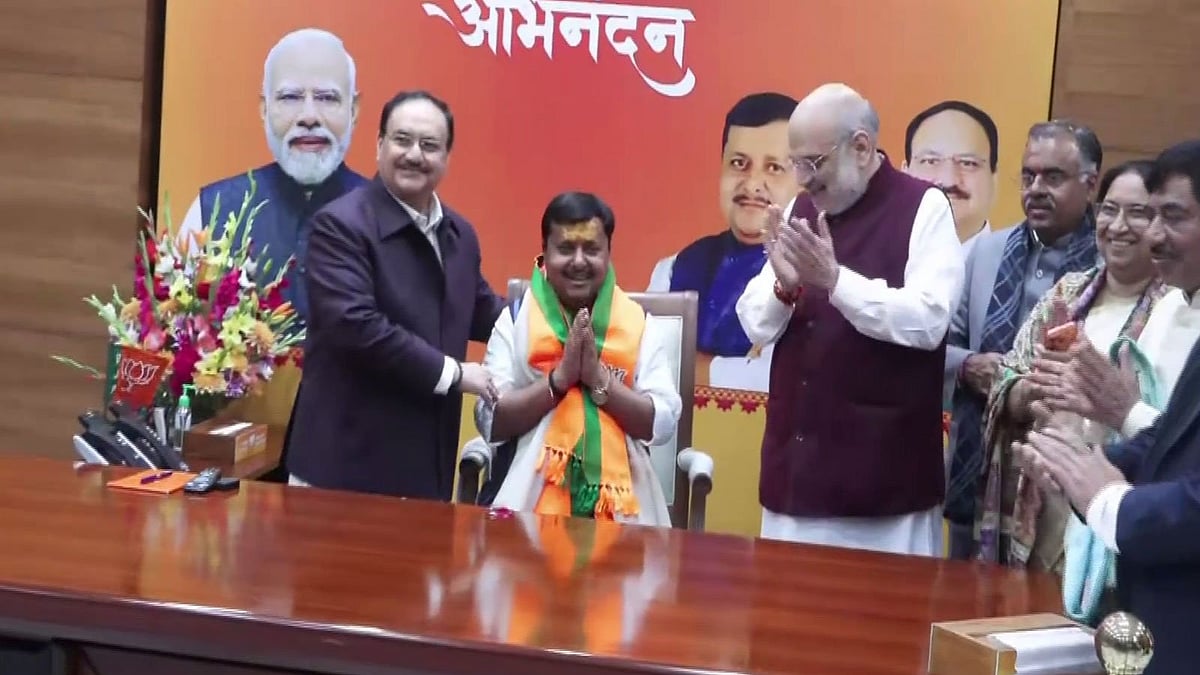In any given month, reports of violent and occasionally fatal attacks on women by stalkers make headlines. Just this week, TV actor Malvi Malhotra was stabbed in Mumbai and Nikita, a commerce student, was shot dead in Haryana. Both were victims of that radically perverted form of passion: stalking.
These avoidable tragedies underline the need for criminal justice professionals to put in place an early warning system, in tandem with a campaign urging women not to hesitate in making a complaint the moment they encounter unwanted attention.
While such complaints can be made online to the National Commission for Women or to the local police, women are often reluctant to do so. There are various reasons why: the victims may be afraid of social opprobium, particularly if they have had a relationship with the stalker, or of their own family seeking to restrict their movements. Loss of privacy is thus a major deterrent.
Another big anxiety is that their complaint will not be taken seriously and will only serve to make the harassment worse. This fear, unfortunately, is all too real. Nikita had filed a molestation complaint with the police a month ago, naming her tormentor, who happened to be the cousin of a Haryana MLA.
Victims are also unsure of just how seriously to take the matter: at what point does courting, wooing or teasing become the obsessive behaviour characteristic of a stalker? For instance, are frequent phone calls the mark of a persistent suitor, or of a stalker? The moony gaze of a co-student or co-worker may give you the creeps, but does his conduct call for a formal complaint?
Initially, the insistent attention could even be flattering. The threat-perception materialises only when the stalker seeks to intimidate his target, but even so, women often only go to the police as a last resort. Malhotra had been stalked for several months before she was stabbed and had blocked her harasser on social media.
The reluctance to complain is evident from the fact that the 2019 National Crime Records Bureau (NCRB) report registers fewer than 9,000 cases of stalking. Few studies have been done in India, but those in the US indicate that as many as one in seven women could encounter a stalker at some point. Anecdotal evidence tells us that the same could be true for India.
A study conducted in Tamil Nadu back in 2007 found that 72 per cent of victims did not make a formal complaint and half had not even heard of 'stalking' before they were victimised! It also found that most of the victims preferred to cope with the harassment by changing their routine and phone number or avoiding social activities. 'Following', unsolicited phone calls and letters and spying were the principle modus operandi employed for harassment.
The term 'stalking' entered the lexicon of law enforcement only after the Priyadarshini Mattoo case of 1996, when a young law student was raped and murdered by a senior. He received the death sentence in 2006, later commuted to life imprisonment. Mattoo had complained to the police at least a year before her murder and was given security, despite which the harassment continued. Police failure to protect the victim brought the criminal justice system under public scrutiny.
Since then, thousands of women have been victimised. Nor is it unheard of for police personnel to do the stalking. This week, a Delhi sub-inspector was sacked after multiple complaints. In recent years, cops in Mumbai, Bangalore and Coimbatore have been disciplined for stalking.
Cyber-stalking has been on the rise as well, with 739 cases registered in 2018. The harassment may be online, but victims feel a sense of physical danger and suffer intense psychological trauma as a result, which has led to suicide in some cases. Young girls in particular are vulnerable to morphed photographs and threats of rape or other forms of physical abuse.
Given that even a mental health professional may find it challenging to distinguish between a violent and non-violent stalker, women must not wait until they encounter a material threat before complaining. Any repeated and unwanted attention that engenders fear must be reported. The fact that the victim had a relationship, or some level of engagement with the stalker, doesn't give him any leverage.
According to Section 354D of the Indian Penal Code, following and contacting or attempting to contact a woman who has made her disinterest clear, or surveilling her online, is a punishable offence. (Sadly, Bollywood has made a mockery of this clause, with reel-life heros getting the girl, instead of being prosecuted for pursuing her!)
Stalkers are generally divided into five categories and characterised as 'the rejected, the resentful, the intimacy-seeker, the incompetent suitor and the predator'. While they may not display overt signs of mental illness, there could be underlying disorders which manifest as anger, feelings of injustice, a desire for revenge, a refusal to accept that “no means no” or a need to dominate.
The social situation in India, where women frequently encounter misogyny and most males are brought up with a sense of entitlement, may exacerbate the problem - men find rejection harder to take and the idea of women beyond their power and control is more difficult to accept.
As with sexual harassment, a zero-tolerance policy towards stalkers is necessary. Law enforcement agencies and statutory bodies such as the state women's commissions need to conduct awareness programmes and ensure a 'safe' atmosphere for complainants, by assuring them that both their person and their privacy will be protected.
The writer is a senior journalist with 35 years of experience in working with major newspapers and magazines. She is now an independent writer and author.









